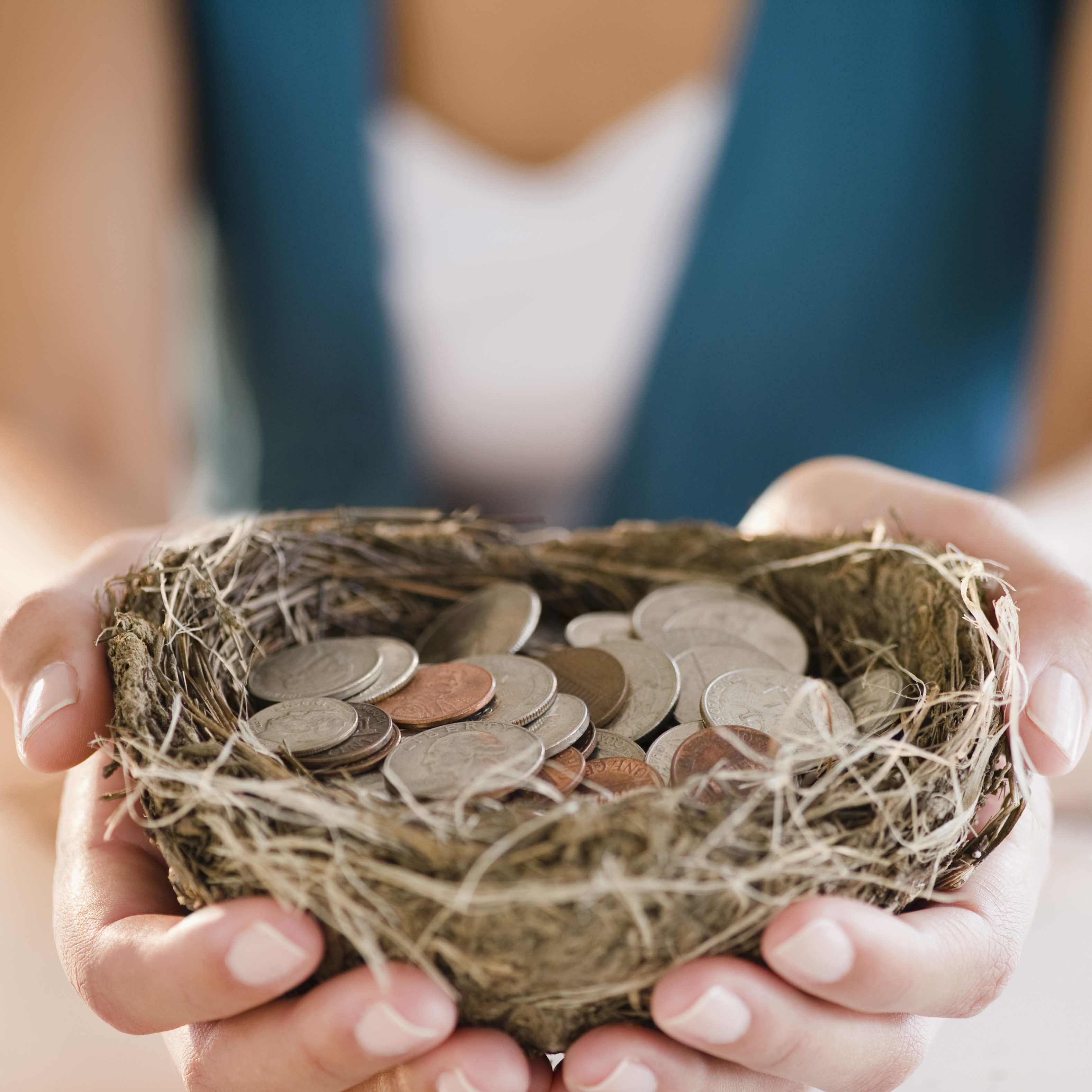What happens to my RRSP when I retire?
Most transfer their assets into a RRIF at 71 for regular monthly payments.
Advertisement
Most transfer their assets into a RRIF at 71 for regular monthly payments.


Share this article Share on Facebook Share on Twitter Share on Linkedin Share on Reddit Share on Email